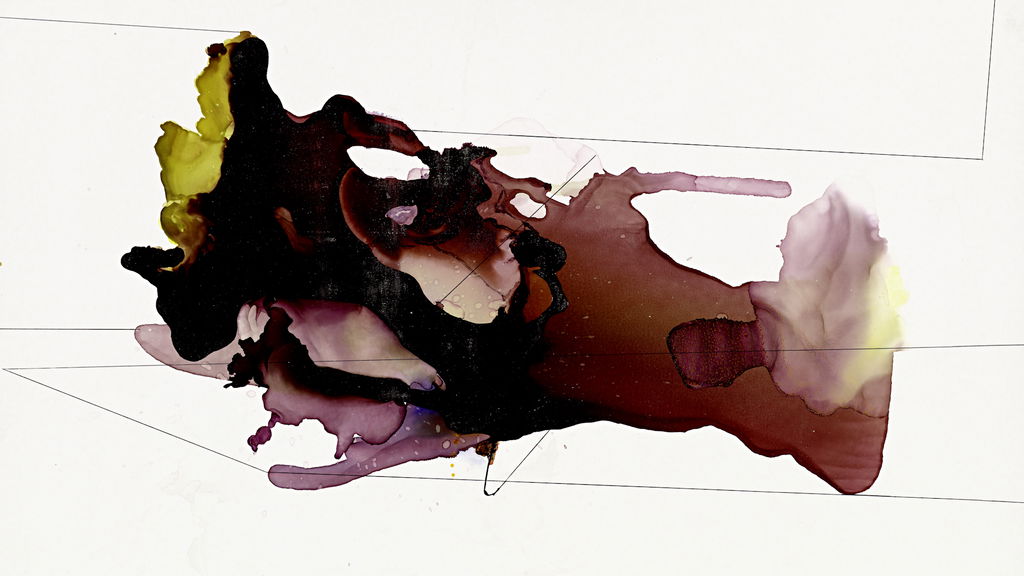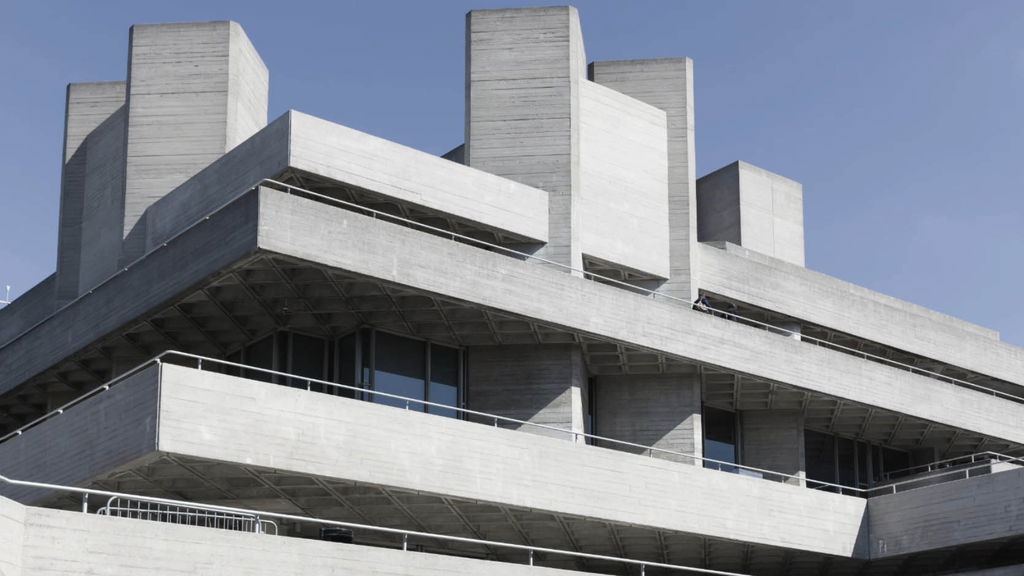Home
Talks
The Revolution of the Black Square
The Revolution of the Black Square
Black Square, 1915. Kazimir Malevich's small masterpiece is one of the most shocking and influential paintings in the history of art. What does it mean and what impact has it had around the world?
Iwona Blazwick begins the story in the dramatic turbulence of early 1900s Tsarist Russia, where a group of young artists began to rethink the possibilities of art and overturned traditional ideas of representation. The art movements they founded—Constructivism and Suprematism—focused on pure colour, shape and line, and reflected a world undergoing social and political revolution.
Blazwick follows the trail from western Europe to 1950s Latin America and beyond, looking at how Kazimir Malevich's deceptively simple Black Square reverberated amongst artists in various countries throughout the following decades, creating a universal language that continues to shape art to this day.
This film is part of Brian Clarke's curated series, 'Cruising Culture'. He described the film as follows:
"This film contextualises Malevich and Constructivism in a very convincing way, historically: it places it politically and culturally and anthropologically just where it was. It's not just an atavistic event which came up like a mushroom; you see where Constructivism came from. And it's structured really well, the thinking is solid and provocative. And it’s interesting to see this in relation to HENI Talks' film on Zaha Hadid and the influence of Suprematism on her."
Time Period:
20th century
Themes:
Iwona Blazwick is Director of the Whitechapel Gallery, London since 2001 and is a curator, critic and lecturer. She was formerly at Tate Modern and London's ICA (Institute of Contemporary Art) as well as an independent curator in Europe and Japan. Blazwick is series editor of Whitechapel Gallery/MIT Documents of Contemporary Art. She has written monographs and articles on many contemporary artists and published extensively on themes and movements in modern and contemporary art, exhibition histories and art institutions. In 2015 she co-curated 'The Adventures of the Black Square' at the Whitechapel Gallery.
Watch more
Watch more

8:14
Duchamp's 'Readymades' and the Making of Contemporary Art
What is contemporary art? Why is it so hard to define? Ralph Rugoff argues that Marcel Duchamp is to thank - or to blame.

12:13
Faith and Doubt in Art
Julian Spalding discusses the impact of religious belief and spiritual doubt on paintings across time.

9.26
Making Magic: Inspiring Children with Art
See how ‘Magic Matt’ inspires a group of Hackney schoolchildren with the power of art in this dynamic art history workshop on the theme of 'winter'.

8:14
Duchamp's 'Readymades' and the Making of Contemporary Art
What is contemporary art? Why is it so hard to define? Ralph Rugoff argues that Marcel Duchamp is to thank - or to blame.

12:13
Faith and Doubt in Art
Julian Spalding discusses the impact of religious belief and spiritual doubt on paintings across time.

9.26
Making Magic: Inspiring Children with Art
See how ‘Magic Matt’ inspires a group of Hackney schoolchildren with the power of art in this dynamic art history workshop on the theme of 'winter'.

15:48
Gerhard Richter: Drawings
‘The drawings are traces of a life, creating territories in relation to limits and potentials. Communications transmitted to whoever will regard them.’ — Prof. Michael Newman

11:57
Jean-Michel Basquiat: Post-Punk Prodigy
How did the artist Jean-Michel Basquiat anticipate our experience of the digital?

3:56
What is: Brutalism?
‘To think about Brutalism, is to think about concrete…’ Prof. Richard J. Williams.